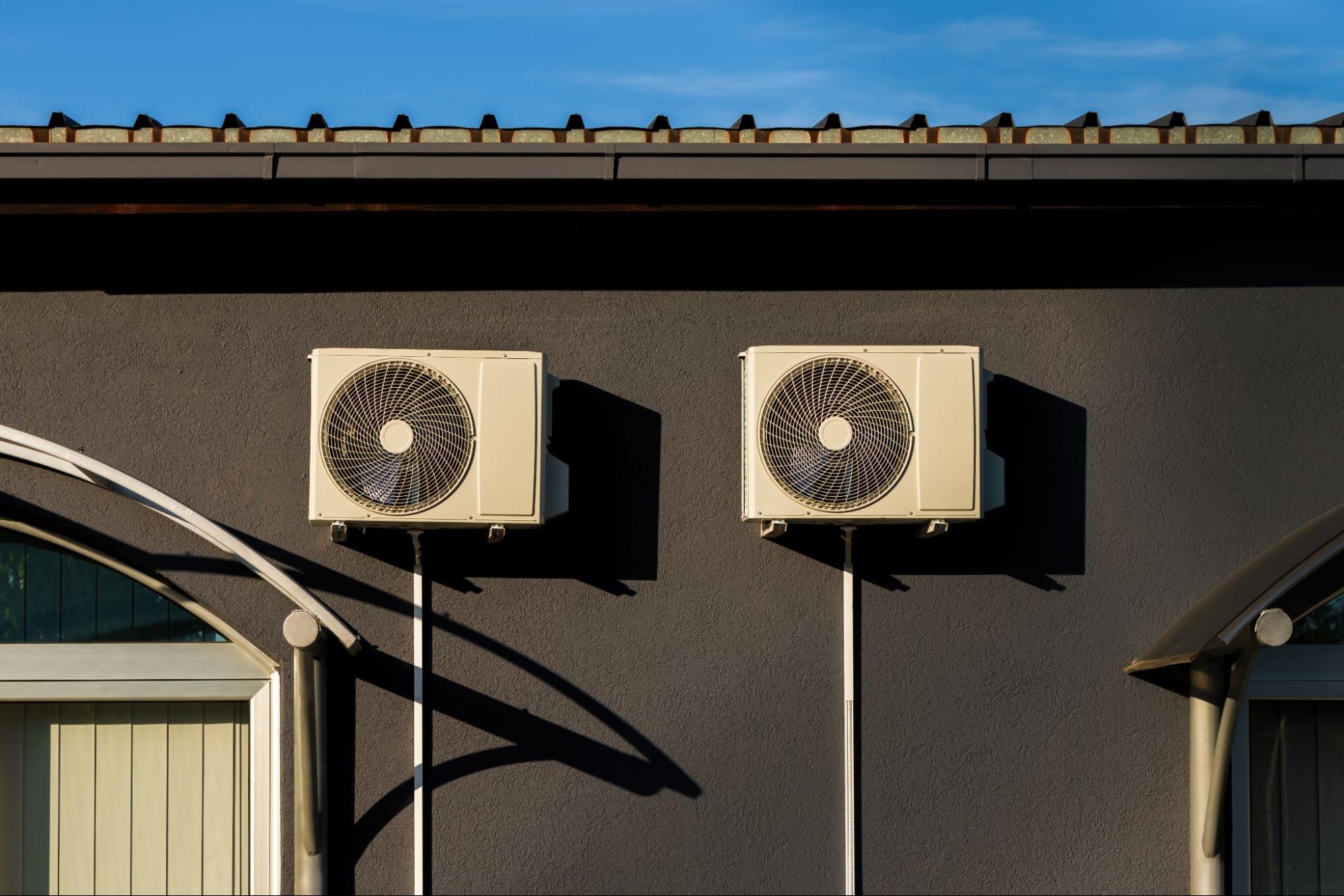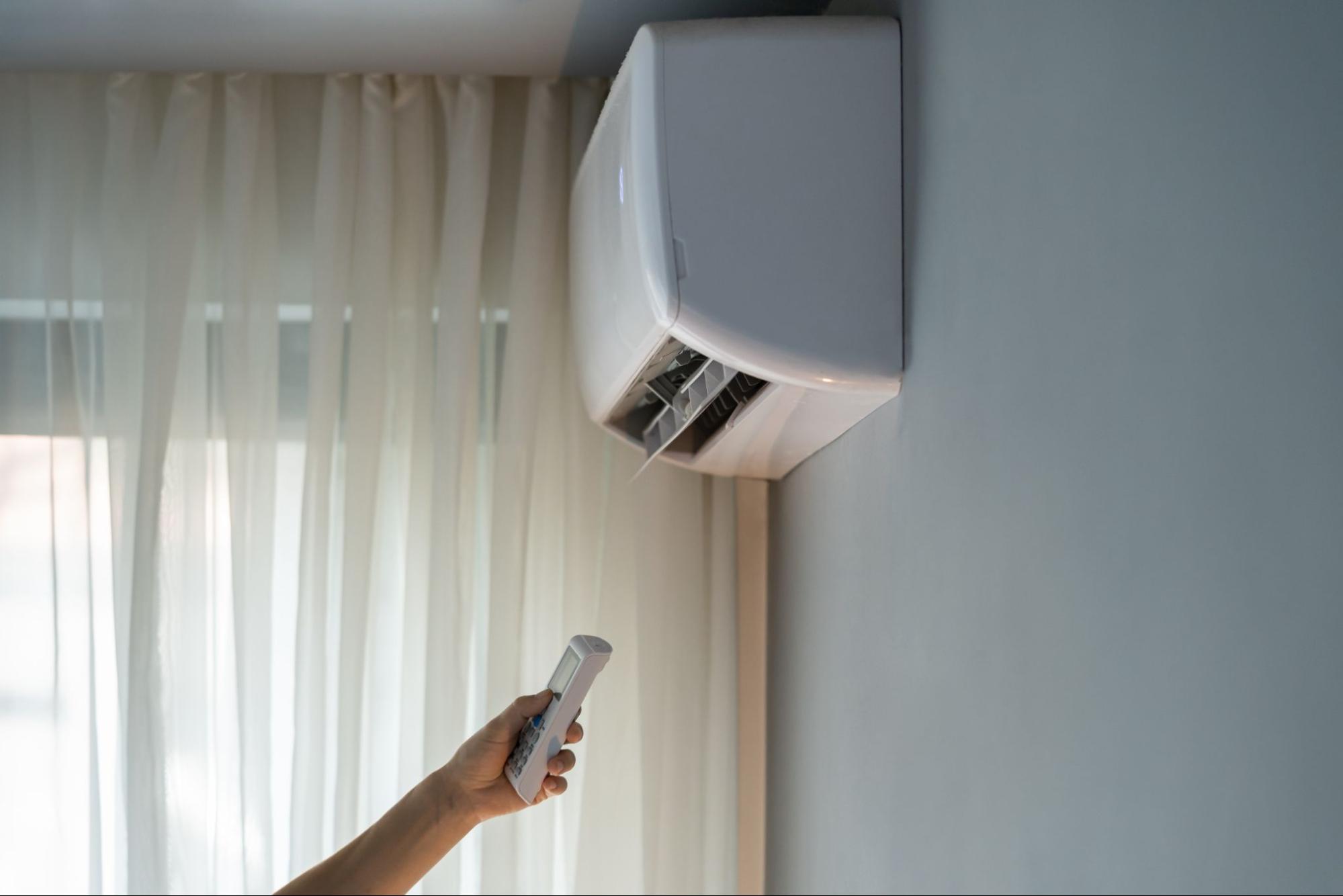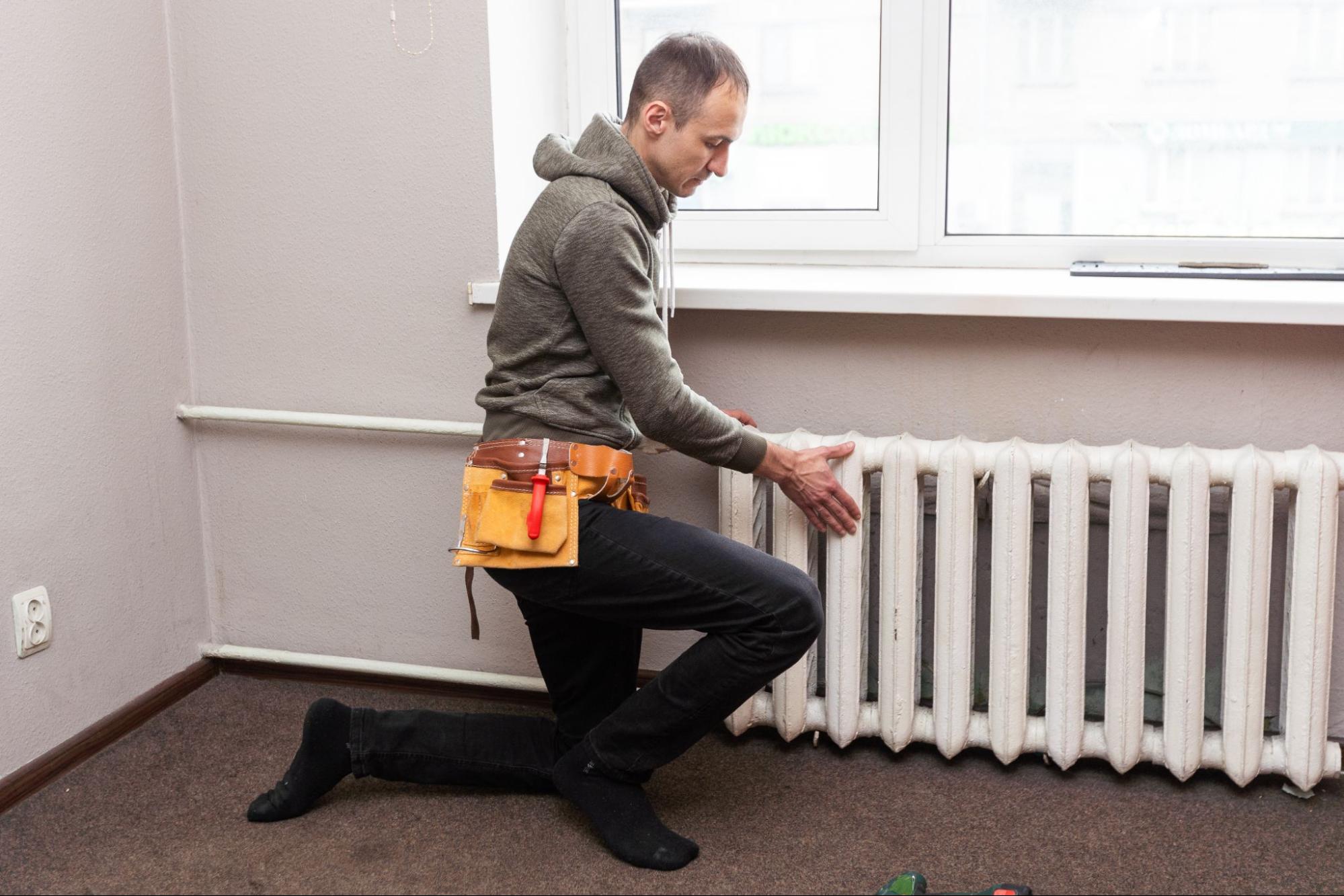
No one likes a sweltering home in the middle of summer or a chilly one in the winter. Keeping your HVAC system in tip-top shape can prevent these discomforts. Fixing common HVAC issues yourself can save you a lot of time and money. You can avoid expensive professional repairs by knowing what to look for and how to address minor problems.
One frequent problem is a clogged air filter, which can restrict airflow and reduce efficiency. It is crucial to check and replace your air filter regularly. If your AC blows hot air, it might be due to low refrigerant or a dirty evaporator coil. For issues like these, some DIY troubleshooting can often set things right.
When your HVAC system isn’t cooling or heating properly, it could be due to thermostat settings or clogged drainage pipes. Ensuring your thermostat is set correctly and cleaning your drain pipes can make all the difference. Learn these and other simple fixes to keep your home comfortable year-round.

Correctly diagnosing and troubleshooting HVAC issues requires knowing your system inside and out, understanding common problems, and knowing when professional help is needed.
You should start by getting familiar with the essential parts of your HVAC system. These usually include the thermostat, air filters, ductwork, and vents.
Knowing these parts helps you identify the source of any issues.
Your HVAC system may experience various problems. Some common ones include insufficient heating or cooling, strange noises, and poor airflow.

Basic tools, such as a utility knife, pliers, and a level, can help you handle many simple HVAC issues.
Common DIY Repairs include:
Other simple fixes:
There are times when you can’t fix the problem yourself. If your HVAC system is still not working after you’ve tried basic troubleshooting, it’s time to call a professional.
Regular maintenance by a professional can prevent many of these problems and keep your HVAC system running efficiently.
Maintaining and repairing your HVAC system is crucial for ensuring the comfort and efficiency of your home. Common HVAC issues, such as dirty filters, thermostat problems, refrigerant leaks, and uneven airflow, can be addressed with basic handyman skills and knowledge.
You can keep your HVAC system running smoothly and efficiently by regularly cleaning and replacing filters, calibrating your thermostat, inspecting and sealing ductwork, and checking for refrigerant leaks.
For more complex issues like electrical problems or major component failures, it’s best to consult with a professional HVAC technician. Understanding how to troubleshoot and fix these common HVAC problems can save you time, money, and discomfort, ensuring your home remains a comfortable haven year-round.
First, check the thermostat settings to ensure they are correct. Then, inspect the air filters and clean or replace them if they are dirty. Verify that vents are open and unobstructed. Finally, examine and clean the drain pan and drainage pipe.
Inspect the thermostat settings and air filters first. If the system still doesn’t cool, ensure that the vents are not blocked. You may also need to check the ductwork for leaks or blockages. In some cases, calling a professional might be necessary.